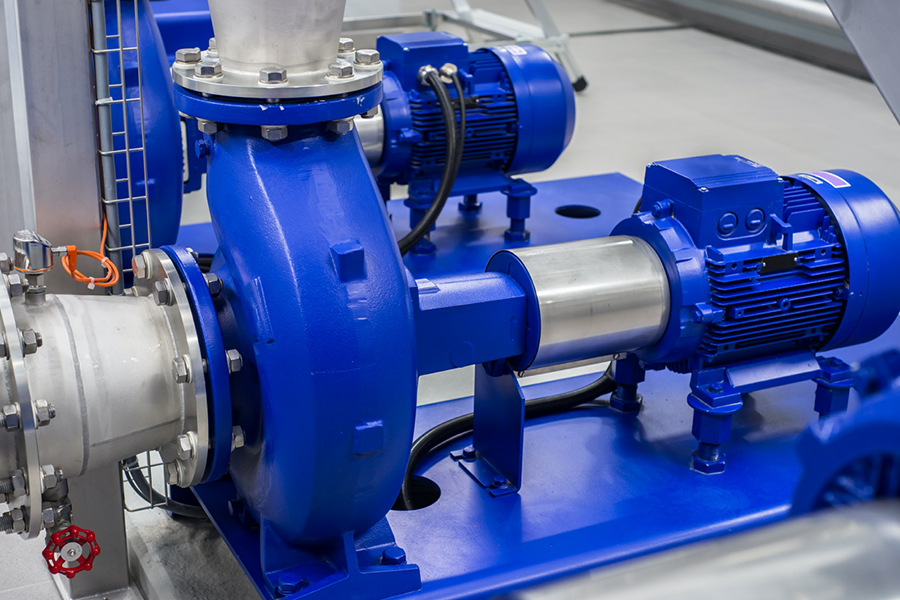3-phase variable speed asynchronous motors stand as pivotal components in various industrial and commercial applications. These motors, with their robust design and versatile functionality, play a crucial role in powering machinery across different sectors. Understanding their intricacies and applications is essential for engineers and technicians alike.
At the heart of these motors lies the principle of electromagnetic induction, a phenomenon discovered by Michael Faraday in the 19th century. Three-phase power, characterized by its efficiency and balanced distribution, forms the basis of their operation. Unlike their single-phase counterparts, 3-phase motors offer smoother torque output, reduced vibrations, and enhanced reliability, making them ideal for demanding tasks.
The variable speed capability adds another dimension to the functionality of these motors. By adjusting the frequency of the input power, operators can control the rotational speed of the motor, allowing for precise regulation of processes. This feature finds extensive use in applications such as conveyor systems, pumps, fans, and compressors, where varying operational speeds are necessary to optimize performance.
One of the key advantages of asynchronous motor 3 phase is their adaptability to changing load conditions. Whether encountering sudden spikes or fluctuations in demand, these motors can swiftly adjust their speed to maintain operational efficiency, thus preventing overloading and reducing energy consumption. This dynamic response is particularly valuable in industries where production requirements can vary significantly over time.
The construction of these motors involves intricate components such as stator windings, rotor bars, and end rings. The asynchronous nature of their operation, where the rotational speed of the rotor slightly lags behind that of the magnetic field generated by the stator, gives rise to the term "asynchronous motor." This design not only simplifies construction but also contributes to the motor's robustness and durability.
Efforts in enhancing the efficiency of 3-phase variable speed asynchronous motors have led to advancements in motor control technologies. Modern motor drives, incorporating sophisticated algorithms and power electronics, enable precise speed regulation, torque control, and energy optimization. Furthermore, the integration of condition monitoring systems allows for predictive maintenance, ensuring prolonged motor lifespan and small downtime.
Applications of these motors span across a wide range of industries, including manufacturing, HVAC (Heating, Ventilation, and Air Conditioning), renewable energy, and transportation. In manufacturing plants, they power conveyor belts, machine tools, and production lines, facilitating seamless operations. HVAC systems utilize these motors in fans and pumps to maintain ideal indoor climate conditions efficiently.
The growing emphasis on energy efficiency and sustainability has prompted the adoption of 3-phase variable speed asynchronous motors in renewable energy generation. Wind turbines and hydroelectric generators utilize these motors to convert kinetic energy into electrical power, with variable speed control maximizing energy extraction from fluctuating renewable sources.
In the realm of transportation, electric vehicles (EVs) leverage the benefits of 3-phase variable speed asynchronous motors in their propulsion systems. These motors offer high torque density, compact size, and regenerative braking capabilities, contributing to the performance and efficiency of EVs while reducing emissions.
In conclusion, 3-phase variable speed asynchronous motors represent a cornerstone of modern engineering, powering a diverse array of applications across industries. Their robust design, efficient operation, and adaptability make them indispensable in achieving ideal performance and energy efficiency. As technological advancements continue to evolve, these motors will undoubtedly play an increasingly vital role in shaping the future of electromechanical systems.

 English
English 中文简体
中文简体 عربى
عربى










